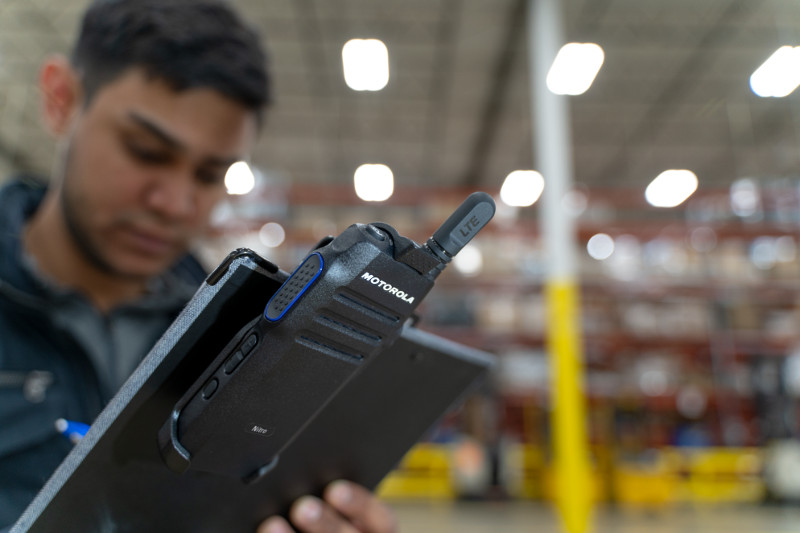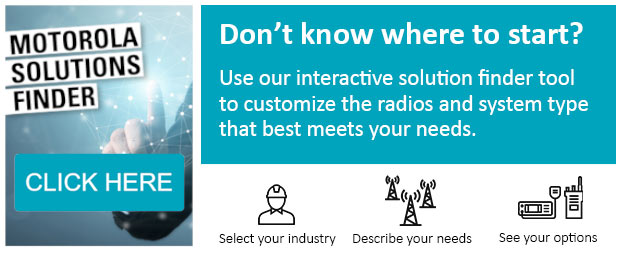The Citizens Broadband Radio Service (CBRS), branded as OnGo, has arrived. The 150 MHz of new wireless spectrum is motivating cohorts of non-traditional mobile operators to develop and certify devices and networks for the open spectrum. Organizations will soon be able to launch their very own indoor and/or outdoor private LTE networks with the same ease as setting up a Wi-Fi network.
Let’s examine just a few industry use cases where OnGo is expected to provide immense value.
Property Management
Approximately 80% of all mobile traffic originates indoors, according to the CBRS Alliance. This includes residential and commercial environments. In both cases, access to LTE networks is often necessary for making phone calls and sending text messages. Wi-Fi can sometimes, but not always, act as a substitute in residential properties. But in large commercial properties such as office parks, skyscrapers and retail buildings, total Wi-Fi penetration is particularly difficult to achieve, as the technology is not intended for long-range use in spread-out areas. With OnGo, property managers will have an opportunity to launch their own building-wide LTE networks, which could act as a competitive advantage that will attract tenants.

Hospitality
Hotels, inns and resorts located in high rises or spread-out campuses often struggle to support cellular connectivity on all of the grounds, leading to in-building dead zones. OnGo would help solve this problem without the need to built out a Wi-Fi network that has multiple access points, or to install a distributed antenna system (DAS) to boost the cellular signal throughout the complex. The reliable indoor and outdoor connectivity for hotels could also introduce new wireless technologies. Hospitality Technology’s managing editor Michal Christine Escobar provided the example of making a guestroom phone wireless, or implementing IoT devices that will work better on a highly predictable network.
Healthcare
Large healthcare facilities can benefit from OnGo in several key ways. Firstly, the private LTE network has the potential to deliver greater security than traditional Wi-Fi while being able to penetrate the entirety of a campus. For example, the MOTOTRBO Nitro platform can be configured to restrict access based on SIM card, helping to ensure that non-personnel cannot acquire access to the certain network. OnGo can also provide some much-needed bandwidth in wirelessly congested healthcare IT environments. This will be especially important as hospitals and other healthcare facilities implement more wireless sensors for medical, security and patient safety purposes. Internet access to patients and guests can also be enhanced with OnGo.
Entertainment Venues
Big concert halls, sports stadiums, shopping malls and other large entertainment and recreation venues have historically struggled to achieve complete signal penetration, partly because of the size of these structures, and partly because of the dense building materials used in them. OnGo can help change this. In fact, the NFL has already taken steps to begin testing the 3.5 GHz band in some of its stadiums, according to Fierce Wireless. The idea is that a private LTE network that’s accessible to fans and guests can enhance the experience, and possibly create new digital engagement opportunities. The NBA’s Golden State Warriors, for instance, are already using Beacon technology to send relevant messages to guest’s depending on where they’re sitting (e.g., seat changes, merchandise sales, etc.), according to Retail Dive. This capability and others like it would be enhanced with reliable connectivity.
Industrial Internet of Things
The CBRS Alliance has been very IIoT-first in its marketing of OnGo for many of the reasons mentioned throughout this post. Manufacturers, power plants and other large facilities that need greater wireless network penetration than mobile carriers and Wi-Fi currently provide, especially as they become more reliant on IIoT endpoints for the transmission of real-time data. Wireless endpoints might include pressure, temperature, chemical and dry-contact sensors used in mechanical processes, but also surveillance cameras, mobile devices and much more. OnGo’s potential to provide uninterrupted communications and wide-area coverage is poised to benefit IIoT applications in everything from mining operations to utilities, manufacturing and more.
How to learn more about CBRS
For a primer on the technology, you can check out our blog post, “CBRS 101: What Is It and Why Should You Care?” For additional industry use cases and highly specific information about OnGo-related products and services, contact the experts at Day Wireless Systems.
